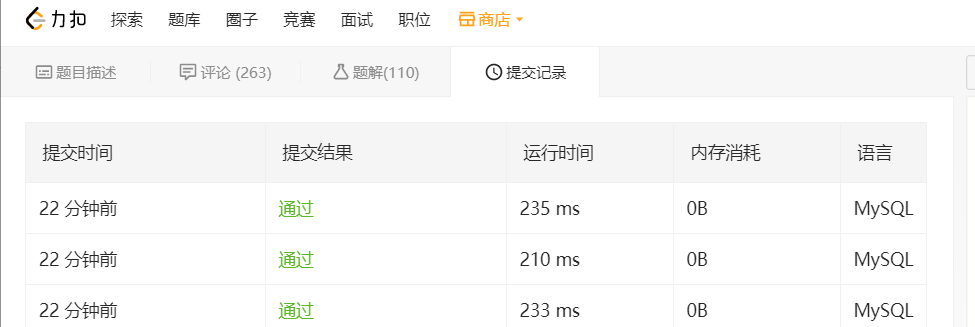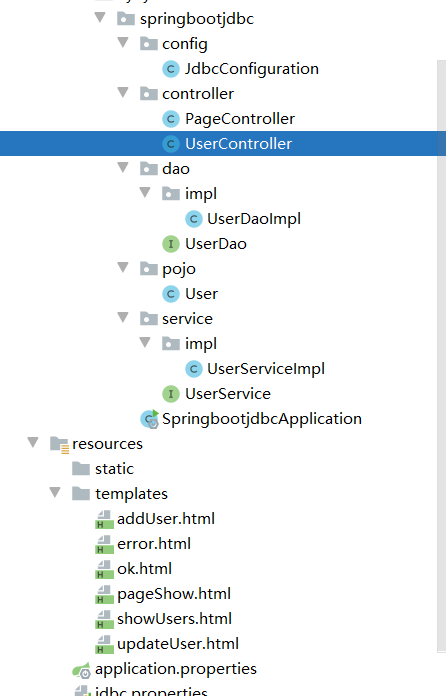【ES6】export default和import、module.exports和require()使用简析
ES6标准发布后,module成为标准,标准的使用是以export指令导出接口,以import引入模块,但是在我们一贯的node模块中,我们采用的是CommonJS规范,使用require引入模块,使用module.exports导出接口。
es6模块化:export default和import (vue中使用的是这种规范,运行在浏览器端)
commonJS模块化(node):moudle.exports 和require(node后端使用)
export default和import
案例一
写一个Student.js文件
export default class Student{constructor(name,id){this.name = namethis.id = id}}
写一个app.js文件
import student from "./test.js"var st1 = new student("fdfdfd ","111")console.log(st1.name);console.log(st1.id);
如果直接在编辑器使用点击运行是不行的,因为这是es6的模块化语法,node的模块化语法是module.exports和require
这里运行方式有两种
一:新建html文件引用app.js,type=”module”,是浏览器es6模块化方式
<!DOCTYPE html><html lang="en"><head><meta charset="UTF-8"><title>Title</title></head><body></body></html><script src="./app.js" type="module"></script>
二:使用babel转化,一般在webpack中使用,
在webpack中打开使用devtool;”eval”,方便看到转化代码,下面是webpack.conf.js代码,使用运行webpack打包,使用了babel-loader
const path = require('path');module.exports = {entry: './src/app.js',output: {path: path.resolve(__dirname, 'dist'),filename: 'bundle.js'},devtool:'eval',module: {rules: [{test: /\.js$/,use: {loader: 'babel-loader',options: {presets: [['@babel/preset-env',{targets:{browsers:['last 2 versions']}}]]}},exclude: '/node_modules/'}]}};
在index.html中引入打包后的dist/bundle.js 即可
案例二:
先写一个a.js使用export default导出一个模块
//a.jsexport default {init:function(){this.handleAddListener('load',function () {console.log("页面加载了。。")})},handleAddListener: function (type, fn) {if (window.addEventListener) {window.addEventListener(type, fn)} else {window.attachEvent('on' + type, fn)}}}
在b.js中导入a.js
//b.jsimport aabb from './a.js'aabb.init()
然后使用在通过b.html中引入b.js,type=’module’表示浏览器用es6解析
//b.html<!DOCTYPE html><html lang="en"><head><meta charset="UTF-8"><title>Title</title></head><body></body></html><script type="module">import './b'</script>

如果在c.html中直接引入a.js,并且type=”module”也可以打印结果
//c.html<!DOCTYPE html><html lang="en"><head><meta charset="UTF-8"><title>Title</title></head><body></body></html><script type="module">import as from './a.js'as.init();</script>

moudle.exports 和require
创建文件student.js
module.exports = function (name, id) {return name+id}
文件app.js
var st1 = require("./student")console.log(st1("zhangsan", '001'));
这是commonJS规范,运行在node服务端,node支持这种语法,所以可以点击运行直接执行。
补充:
Webpack支持:
AMD(RequireJS)
ES Modules
CommonJS
现在在都在往ESM(es6模块化)方向发展


































还没有评论,来说两句吧...